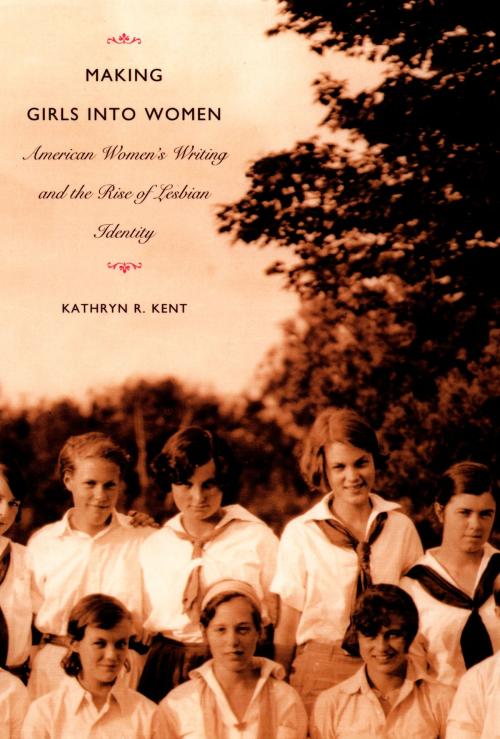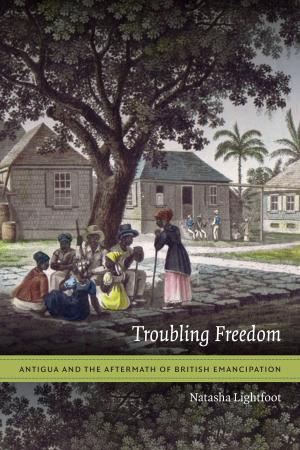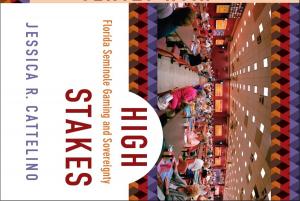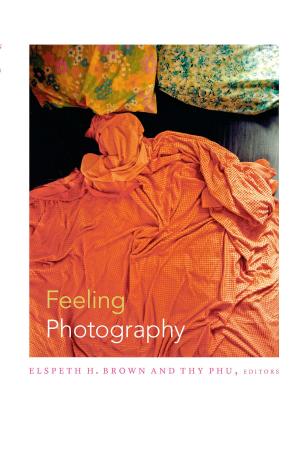Making Girls into Women
American Women's Writing and the Rise of Lesbian Identity
Nonfiction, Social & Cultural Studies, Social Science| Author: | Kathryn R. Kent, Michèle Aina Barale, Jonathan Goldberg, Michael Moon, Eve Kosofsky Sedgwick | ISBN: | 9780822384571 |
| Publisher: | Duke University Press | Publication: | January 17, 2003 |
| Imprint: | Duke University Press Books | Language: | English |
| Author: | Kathryn R. Kent, Michèle Aina Barale, Jonathan Goldberg, Michael Moon, Eve Kosofsky Sedgwick |
| ISBN: | 9780822384571 |
| Publisher: | Duke University Press |
| Publication: | January 17, 2003 |
| Imprint: | Duke University Press Books |
| Language: | English |
Making Girls into Women offers an account of the historical emergence of "the lesbian" by looking at late-nineteenth- and early-twentieth-century women's writing. Kathryn R. Kent proposes that modern lesbian identity in the United States has its roots not just, or even primarily, in sexology and medical literature, but in white, middle-class women’s culture. Kent demonstrates how, as white women's culture shifted more and more from the home to the school, workplace, and boarding house, the boundaries between the public and private spheres began to dissolve. She shows how, within such spaces, women's culture, in attempting to mold girls into proper female citizens, ended up inciting in them other, less normative, desires and identifications, including ones Kent calls "protolesbian" or queer.
Kent not only analyzes how texts represent queer erotics, but also theorizes how texts might produce them in readers. She describes the ways postbellum sentimental literature such as that written by Harriet Beecher Stowe, Louisa May Alcott, and Emma D. Kelley eroticizes, reacts against, and even, in its own efforts to shape girls’ selves, contributes to the production of queer female identifications and identities. Tracing how these identifications are engaged and critiqued in the early twentieth century, she considers works by Djuna Barnes, Gertrude Stein, Marianne Moore, and Elizabeth Bishop, as well as in the queer subject-forming effects of another modern invention, the Girl Scouts. Making Girls into Women ultimately reveals that modern lesbian identity marks an extension of, rather than a break from, nineteenth-century women’s culture.
Making Girls into Women offers an account of the historical emergence of "the lesbian" by looking at late-nineteenth- and early-twentieth-century women's writing. Kathryn R. Kent proposes that modern lesbian identity in the United States has its roots not just, or even primarily, in sexology and medical literature, but in white, middle-class women’s culture. Kent demonstrates how, as white women's culture shifted more and more from the home to the school, workplace, and boarding house, the boundaries between the public and private spheres began to dissolve. She shows how, within such spaces, women's culture, in attempting to mold girls into proper female citizens, ended up inciting in them other, less normative, desires and identifications, including ones Kent calls "protolesbian" or queer.
Kent not only analyzes how texts represent queer erotics, but also theorizes how texts might produce them in readers. She describes the ways postbellum sentimental literature such as that written by Harriet Beecher Stowe, Louisa May Alcott, and Emma D. Kelley eroticizes, reacts against, and even, in its own efforts to shape girls’ selves, contributes to the production of queer female identifications and identities. Tracing how these identifications are engaged and critiqued in the early twentieth century, she considers works by Djuna Barnes, Gertrude Stein, Marianne Moore, and Elizabeth Bishop, as well as in the queer subject-forming effects of another modern invention, the Girl Scouts. Making Girls into Women ultimately reveals that modern lesbian identity marks an extension of, rather than a break from, nineteenth-century women’s culture.















